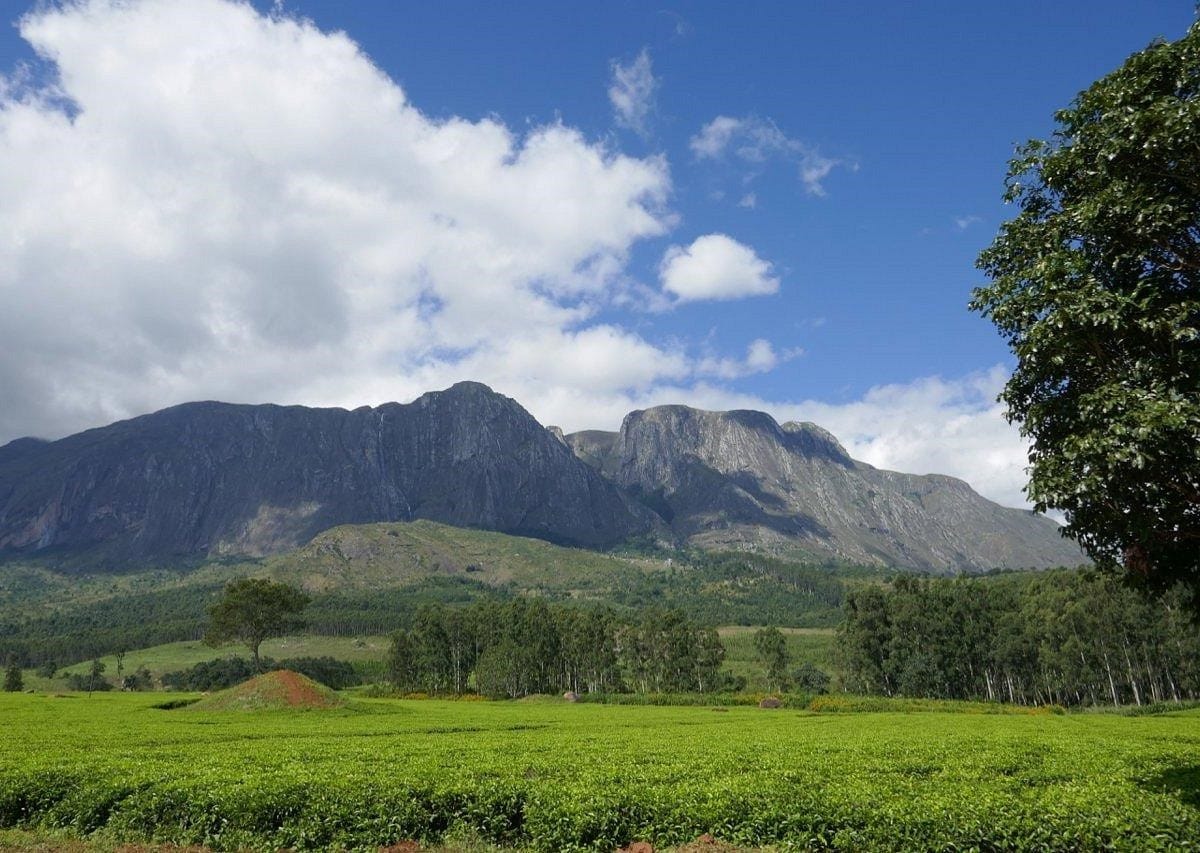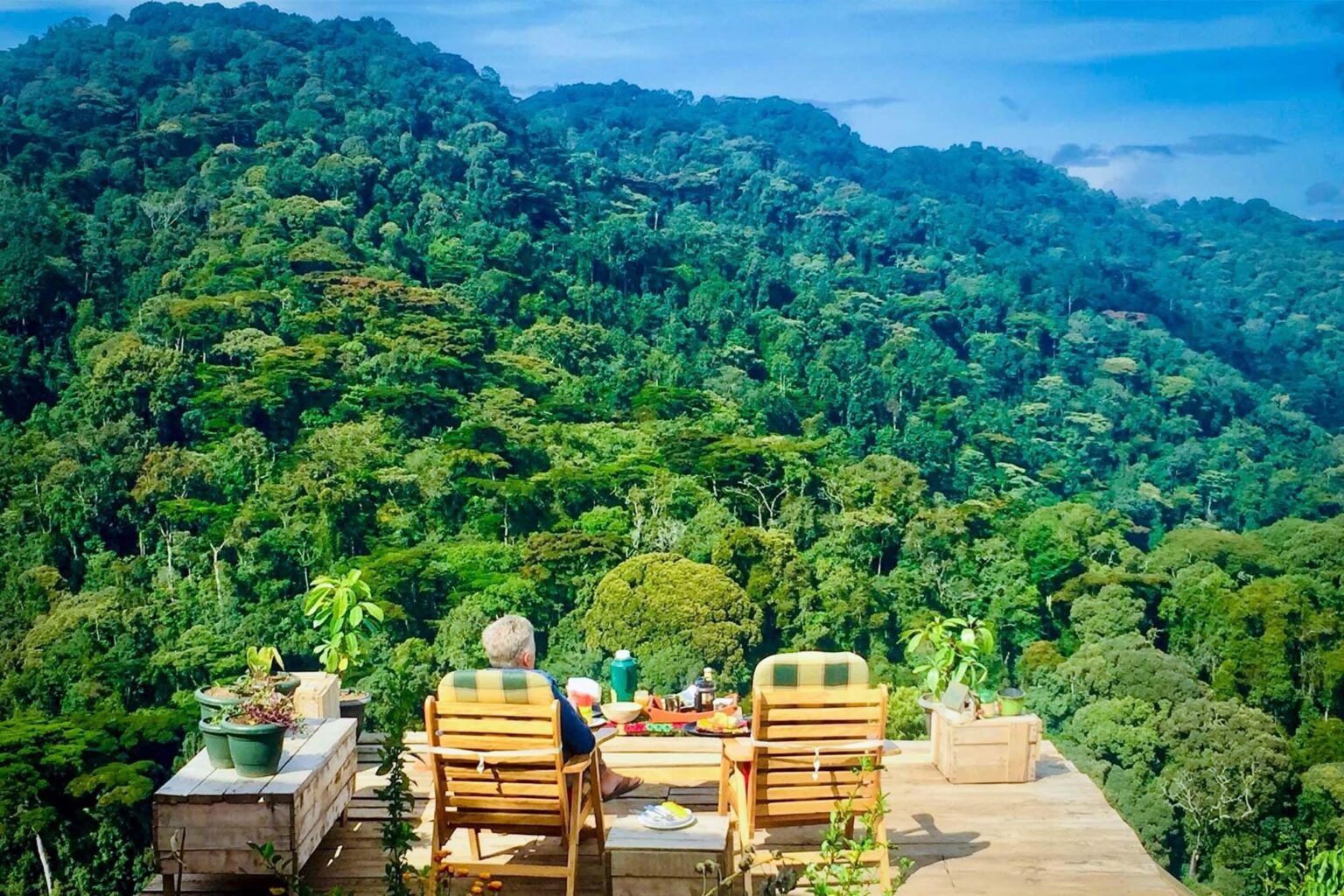In Summary
● Africa continues to lead in ecotourism in 2024, offering sustainable travel experiences across diverse landscapes and cultures.
● Top destinations include Mount Mulanje in Malawi, Loango National Park in Gabon, and Nyungwe Forest in Rwanda. Each site focuses on conservation, biodiversity, and cultural preservation.
● These destinations support wildlife protection, community development, and sustainable tourism practices, ensuring long-term benefits for both nature and people.
DEEP DIVE!
November 27, 2024—It’s vacation season, and if Africa is on your list for an ecotourism getaway, prepare for an unforgettable adventure. Ecotourism plays a vital role in Africa’s sustainable development, blending environmental conservation with economic empowerment.
In 2024, the continent continues to shine as a global leader in ecotourism, drawing travelers eager for meaningful, low-impact experiences.
These destinations go beyond breathtaking landscapes—they champion conservation, cultural heritage, and community-driven initiatives.
You must have read about leading African Nations with extravangly developed infrusture and you want to visit Africa during this christmass Holiday—to guide your journey, we’ve selected the top 10 African ecotourism destinations for 2024, based on insights from World travel guide and curated for world travelers seeking unique and enriching adventures.
10. Mount Mulanje, Malawi

Located in Southern Malawi, 80 km east of Blantyre, Mount Mulanje covers over 640 square kilometers and rises to 3,002 meters at its highest peak, Sapitwa. This UNESCO Biosphere Reserve is home to the critically endangered Mulanje cedar, a tree species found only in this region. Efforts led by the Mulanje Mountain Conservation Trust focus on reforestation and combating illegal logging to protect the mountain’s unique biodiversity. Tourists play a role in conservation through fees that directly support these initiatives.
9. Loango National Park, Gabon
Stretching along Gabon’s Atlantic coast, Loango National Park spans 1,550 square kilometers and is renowned for its rich biodiversity. The park hosts a unique mix of terrestrial and marine species, including forest elephants, leatherback turtles, and humpback whales. As part of Gabon’s 13 national parks network, Loango is central to conserving the country’s 11% forest cover. Revenue from ecotourism directly supports anti-poaching and marine protection programs, helping safeguard its diverse ecosystems.
8. Nyungwe Forest National Park, Rwanda
Situated in southwestern Rwanda near the Burundi border, Nyungwe Forest National Park is a biodiversity hotspot. It is home to over 1,068 plant species, 322 bird species, and 13 primate species, including chimpanzees and colobus monkeys. Contributing significantly to Rwanda’s tourism revenue, which reached $498 million in 2022, the park promotes low-impact tourism through canopy walkways and regulated trekking permits. These measures minimize environmental impact while ensuring visitors have an immersive experience.
7. Tsodilo Hills, Botswana
A UNESCO World Heritage Site since 2001, Tsodilo Hills in Botswana is a cultural and spiritual treasure. Known for its over 4,500 ancient rock paintings, some dating back more than 20,000 years, the site holds immense historical and spiritual significance for the San people, who believe it to be the resting place of ancestral spirits. The Botswana government collaborates with local communities to preserve this cultural heritage while educating tourists about its importance. Tourism revenues contribute to local livelihoods, ensuring sustainable development.
6. Simien Mountains National Park, Ethiopia
The Simien Mountains, a UNESCO World Heritage Site since 1978, is one of Ethiopia’s most striking natural wonders. Towering at 4,550 meters at Ras Dashen, the country’s highest peak, the park is home to rare wildlife like the Walia ibex, Ethiopian wolf, and Gelada baboon, all of which are found exclusively in Ethiopia. Community-based conservation efforts ensure that tourism revenue supports biodiversity protection and provides economic benefits to the region’s pastoralist communities.
5. Lake Nakuru National Park, Kenya
Nestled in Kenya’s Rift Valley, Lake Nakuru National Park is a haven for over 450 bird species, including vast flocks of flamingos, as well as white and black rhinos. The park plays a vital role in Kenya’s $1.2 billion tourism sector. Conservation initiatives, such as habitat restoration and anti-poaching efforts, are largely funded by tourism fees, supporting the protection of rhino populations and migratory bird research.
4. Skeleton Coast, Namibia
The Skeleton Coast in northern Namibia is famous for its hauntingly beautiful landscapes, characterized by foggy coastlines, shipwrecks, and the shifting dunes of the Namib Desert. Wildlife here includes desert-adapted elephants, lions, and Cape fur seals. Through Namibia’s communal conservancy program, local communities manage natural resources, ensuring that ecotourism benefits both the environment and the people.
3. Bwindi Impenetrable National Park, Uganda
Bwindi Impenetrable National Park, a UNESCO World Heritage Site since 1994, is a sanctuary for about 50% of the world’s mountain gorillas. The park is integral to Uganda’s tourism sector, with gorilla trekking generating $34.3 million annually. Strict regulations on visitor numbers and community-based initiatives ensure the sustainability of trekking activities. A portion of the fees collected is invested in local development projects, directly benefiting the surrounding communities.
2. Seychelles
An Indian Ocean archipelago of 115 islands, Seychelles is renowned for its pristine ecosystems, including the UNESCO-listed Vallée de Mai Nature Reserve and extensive coral reefs. With tourism contributing 25% of its GDP, Seychelles has implemented robust sustainability measures, such as marine protected areas and eco-certifications for resorts. These efforts balance development with environmental preservation, ensuring the islands remain a model for sustainable tourism.
1. Serengeti National Park, Tanzania
Topping the list is Tanzania’s Serengeti National Park, a UNESCO World Heritage Site since 1981. Known for the Great Migration, where over 1.5 million wildebeests and zebras traverse its vast plains annually, the Serengeti is a cornerstone of Tanzania’s ecotourism industry, which generated $2.6 billion in 2023. Conservation efforts prioritize habitat protection and anti-poaching initiatives, with eco-lodges adhering to strict sustainability standards to minimize environmental impact.
https://www.africanexponent.com/explore-africas-top-10-ecotourism-wonders-of-2024-unforgettable-adventures-sustainability-and-culture-await/


